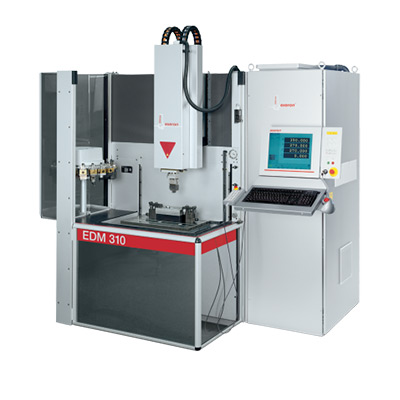power steering tube leak
Understanding Power Steering Tube Leaks Causes, Symptoms, and Solutions
Power steering systems play a crucial role in modern vehicles, providing drivers with the ability to control their cars with ease. However, like any mechanical system, components can wear out over time, leading to issues such as leaks in the power steering tube. Understanding the possible causes, symptoms, and solutions for power steering tube leaks is essential for maintaining a safe and efficient driving experience.
What is the Power Steering Tube?
The power steering tube is a crucial part of the power steering system. This tube carries the hydraulic fluid under pressure from the power steering pump to the steering gear or rack. Proper functioning of the power steering system relies on the integrity of this tube. Any leaks can lead to a drop in hydraulic pressure, resulting in difficulty steering and potential damage to the system.
Causes of Power Steering Tube Leaks
1. Wear and Tear Over time, the rubber or metal components of the power steering tube can degrade due to exposure to heat, moisture, and road chemicals. This wear can lead to cracks or holes, resulting in fluid leaks.
2. Corrosion Metal tubes can corrode due to environmental factors, including exposure to road salt and other corrosive substances. Corrosion weakens the tube, making it prone to leaks.
3. Improper Installation If the power steering tube was not installed correctly, it could result in stress at certain points, leading to premature wear or failure.
4. High Pressure A malfunctioning power steering pump can create excessive pressure in the system. This can put undue stress on the tube and lead to leaks.
5. Temperature Fluctuations Extreme temperature changes can cause the materials in the power steering tube to expand and contract. Over time, this can result in fittings loosening or even cracking.
Signs of a Power Steering Tube Leak
1. Steering Difficulties The most noticeable sign of a power steering tube leak is difficulty steering. If you find that the steering wheel feels heavy or unresponsive, it might be due to low fluid levels from a leak.
power steering tube leak

2. Fluid Spots Look for fluid spots under your vehicle. Power steering fluid is typically bright red or pink. If you notice these spots, it could indicate a leak in the power steering system.
3. Whining Noise A whining or groaning noise when turning the steering wheel can indicate low fluid levels due to a leak or an issue with the power steering pump.
4. Warning Light Some vehicles are equipped with warning lights that illuminate when there is a problem with the power steering system. If this light appears, it's important to diagnose the issue promptly.
Solutions for Power Steering Tube Leaks
1. Inspection Begin by thoroughly inspecting the power steering system. Check the power steering tube, hoses, and connections for visible signs of leaks or wear.
2. Fluid Replacement If the fluid level is low, top it off with the appropriate power steering fluid while addressing the source of the leak.
3. Professional Repair In cases of significant leaks or if the issue persists, it’s advisable to consult a professional mechanic. They can accurately diagnose the problem and determine if the power steering tube needs to be repaired or replaced.
4. Routine Maintenance Preventing leaks before they occur is crucial. Regular maintenance, including checking fluid levels and inspecting hoses and tubes, can help catch issues early and extend the life of your power steering system.
5. Replacement If the power steering tube is damaged, replacing it might be necessary. This usually involves draining the power steering fluid, removing the old tube, and installing a new one.
Conclusion
Power steering tube leaks can result in significant steering issues, affecting your vehicle's safety and performance. By understanding the causes, recognizing the symptoms, and taking appropriate action, drivers can maintain their power steering systems effectively. Regular maintenance and timely repairs will ensure that your vehicle remains safe on the road, providing a smooth driving experience. If you suspect any issues with your power steering system, don’t hesitate to seek professional help to get back on track.
-
Ultimate Spiral Protection for Hoses & CablesNewsJun.26,2025
-
The Ultimate Quick-Connect Solutions for Every NeedNewsJun.26,2025
-
SAE J1401 Brake Hose: Reliable Choice for Safe BrakingNewsJun.26,2025
-
Reliable J2064 A/C Hoses for Real-World Cooling NeedsNewsJun.26,2025
-
Heavy-Duty Sewer Jetting Hoses Built to LastNewsJun.26,2025
-
Fix Power Steering Tube Leaks Fast – Durable & Affordable SolutionNewsJun.26,2025

